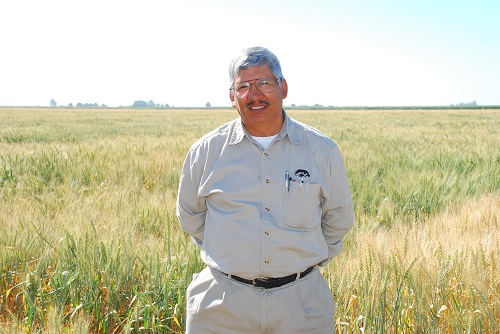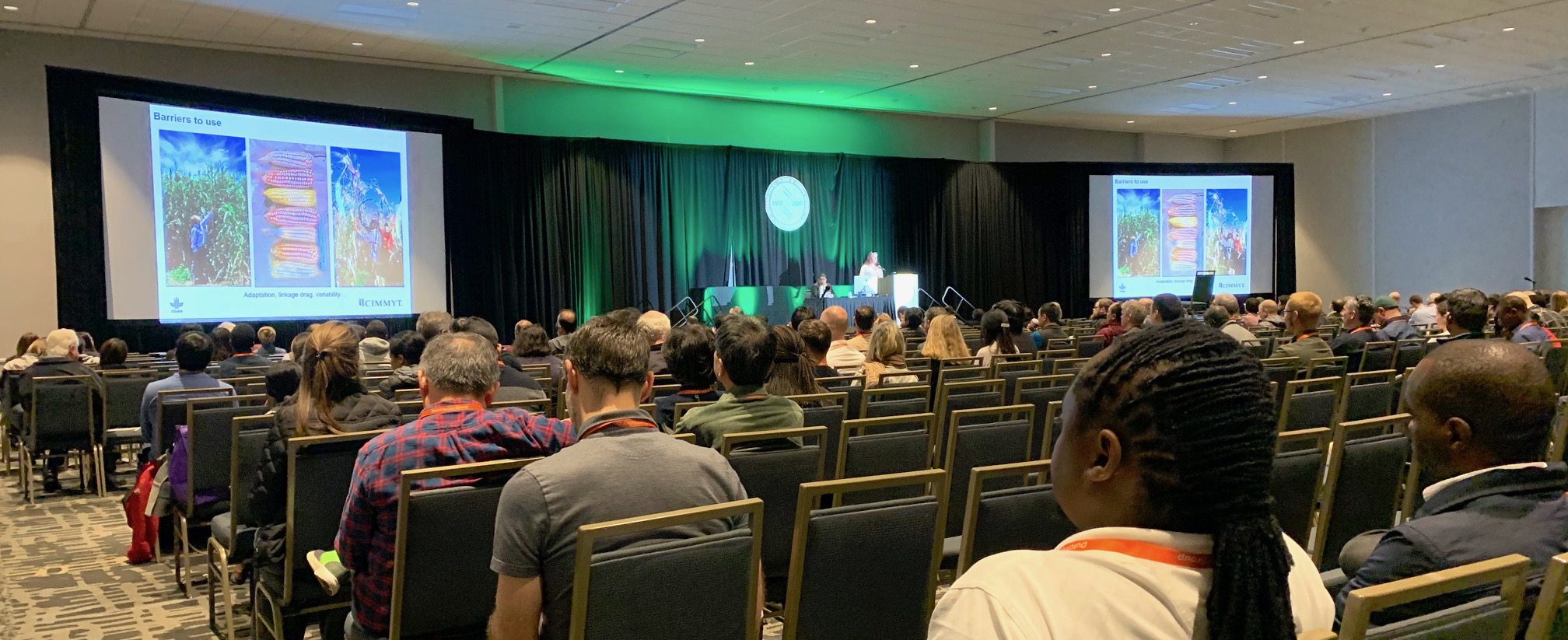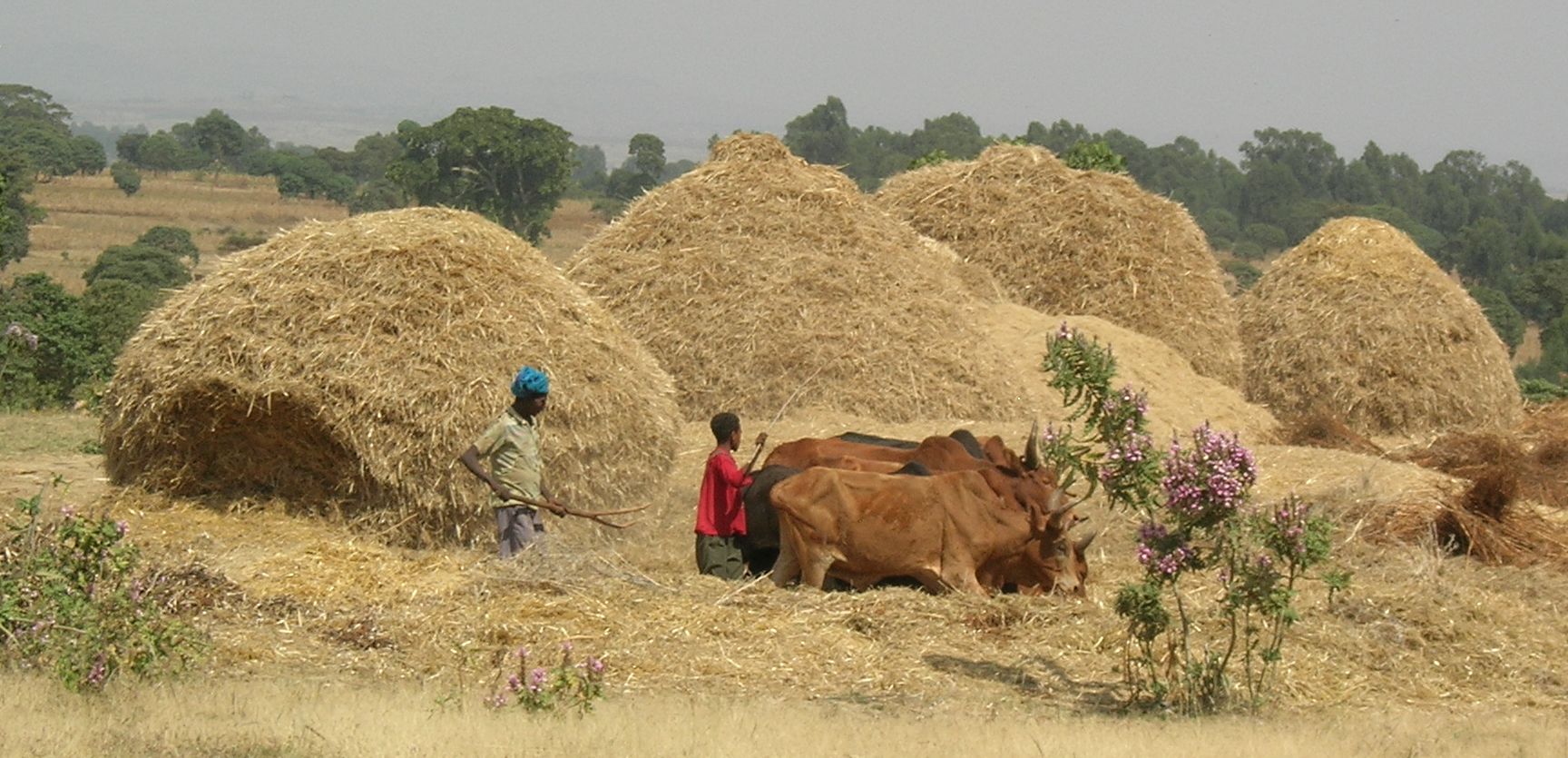
Based on publication records, CIMMYT scientists produce a lot more than just improved maize and wheat varieties, as important as that work has been for farmers, partners, and consumers.
In 2017, CIMMYT researchers contributed to nearly 300 peer-reviewed journal articles, many published in high-impact journals including Nature and Science. The articles emerged from partnerships with a broad range of international universities and research institutes and have been cited frequently by peers in recent years.
“CIMMYT is the world’s largest distributor of publicly-available maize and wheat ‘germplasm,’ which includes breeding lines and other genetic resources in the form of seed,” said Marianne Bänziger, CIMMYT deputy director general for research and partnerships. “But the center’s researchers also publish high-quality, cutting-edge science articles, not to mention mentoring and training several hundred students and professionals mostly from national research systems every year and interacting with thousands of farmers.”
Multiple CIMMYT authors led by José Crossa, CIMMYT biometrician and distinguished scientist, published two papers in Heredity on genomic selection in maize and wheat that have been among those most often cited for that journal since 2013, having been mentioned in other papers 124 times.
Ravi Singh and Julio Huerta, CIMMYT wheat scientists, were recognized in 2017 among the top one percent of researchers for the frequency of citation of their articles by other science authors.
Among the many reports to which they contributed, Huerta and Singh were participants and co-authors in a study published in the eminent journal Science in 2009 and since cited by other researchers 441 times. The study described the molecular basis of a “wonder” gene that, in tandem with other resistance genes, has helped protect wheat from three deadly fungal diseases for more than 50 years, providing farmers benefits in excess of $5 billion in harvests saved, according to a CIMMYT report on the findings.
The two scientists share authorship on at least a half-dozen other articles on wheat disease breeding and genetics that have been cited over 100 times.
“These examples show that CIMMYT research substantially contributes to global science, in addition to the impact achieved in farmers’ fields,” said Bänziger. “It all builds on high-value partnerships with hundreds of researchers and professionals worldwide.”

 Innovations
Innovations 
